
A good safety bonus is always a welcome addition to a paycheck. Not all companies have the same criteria for what they expect from drivers. However, there are several best practices that will help keep you safe no matter what you haul or who you drive for. Our list includes some of the most common expectations we’ve seen from companies.
1. Every Company Is Different
Safety bonuses are a nice boost to a paycheck, but the bottom line is, it’s a bonus. Companies don’t have to give drivers that money. There’s also a lot of different philosophies between companies. Some offer large bonuses that make up a good chunk of change. Others give smaller bonuses that are more like a pat on the back. The frequency of payment also depends entirely on the company. Some might give bonuses quarterly, while others might stick to an annual bonus.
2. Safety With Your Truck
Truck maintenance and repairs are an important part of truck safety, and they can help keep you on track for a safety bonus. Make sure to take your truck in for regular preventative maintenance. Those little problems that can probably wait until later might eventually become big problems. Also, always perform and document pre-trip and post-trip inspections. Make sure your boss knows that you are diligent in caring for your vehicle. Keeping your tractor in good condition goes a long way toward safety on the road.
3. Safety On The Ground
As any experienced driver knows, truck safety starts before you reach your tractor. It’s important to have a plan for your next route. Find the balance between timely deliveries and cautious driving. Make sure to allow time for unexpected incidents, especially in poor weather or when you know there are construction zones on your route. If something comes up that will delay your delivery, get in touch as soon as possible.
Find the balance between timely deliveries and cautious driving.
Some companies may look at other parts of your driving record when deciding on a safety bonus, For example, drivers should not have any hours of service violations. If you find yourself in a forced dispatch situation that would violate HOS rules, refuse the load. It’s illegal to force dispatch that violates HOS rules. A safety bonus could also look at drug tests or days absent from work.
4. Safety On The Road
Safety on the road is all about accident prevention. All of the basics you learned early on are the same things that will help you get that safety bonus. Use turn signals. Maintain a safe following distance. Keep scanning every 8-10 seconds. Don’t get pulled over for a speeding ticket (or anything else), and make sure your record is clear from preventable accidents. All of these are fundamental safety tips that are tried and true for a reason.
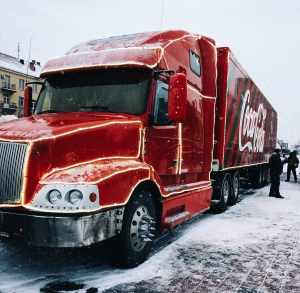
Whenever possible, make sure to eliminate or at least reduce distractions while driving. Whether it’s a phone, the radio, or another piece of technology, use it safely when you’re behind the wheel. Driving distraction-free is especially important when you’re maneuvering in tight spaces. Whether it’s backing into a loading dock or navigating tight city streets, these are areas of increased work accidents. Loading and unloading zones may have vehicles, people, and all kinds of other obstacles or distractions in your path. Stay alert to your surroundings, and don’t hesitate to ask for other vehicles or people to move if there’s not enough space. Safety bonuses are most important to you as a driver, so put yourself in a position to be successful.
5. Benefits of a Clean Driving Record
A clean driving record will leave you in a better position for almost any job. To start, good driving can give you an extra pay bump from a safety bonus at your current company. It will also give you better hiring prospects for almost any job in the future. In addition, there are some trucking jobs where safety is even more important such as tanker hazmat loads. A clean driving record will open doors for these types of jobs if you decide to apply for them in the future.
STAY UPDATED ON INDUSTRY TRENDS AND BEST PRACTICES
Join our community of over 150,000 drivers who receive our updates.

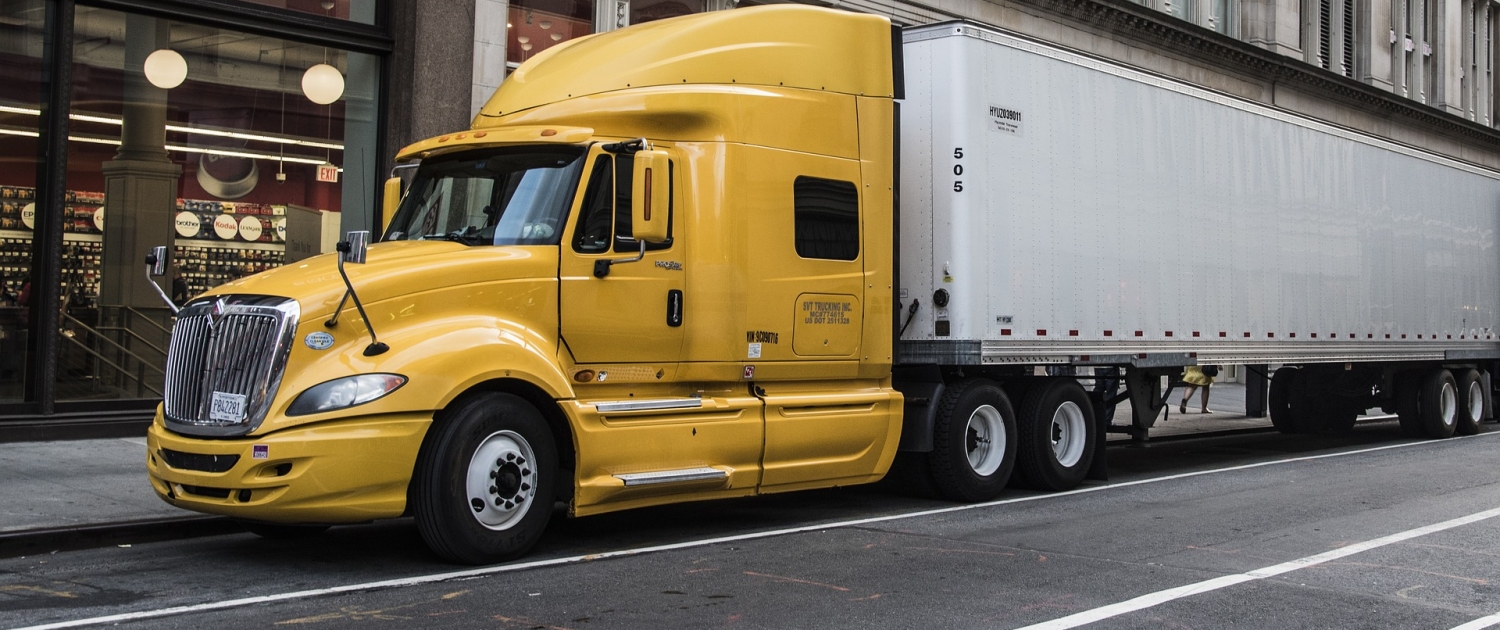


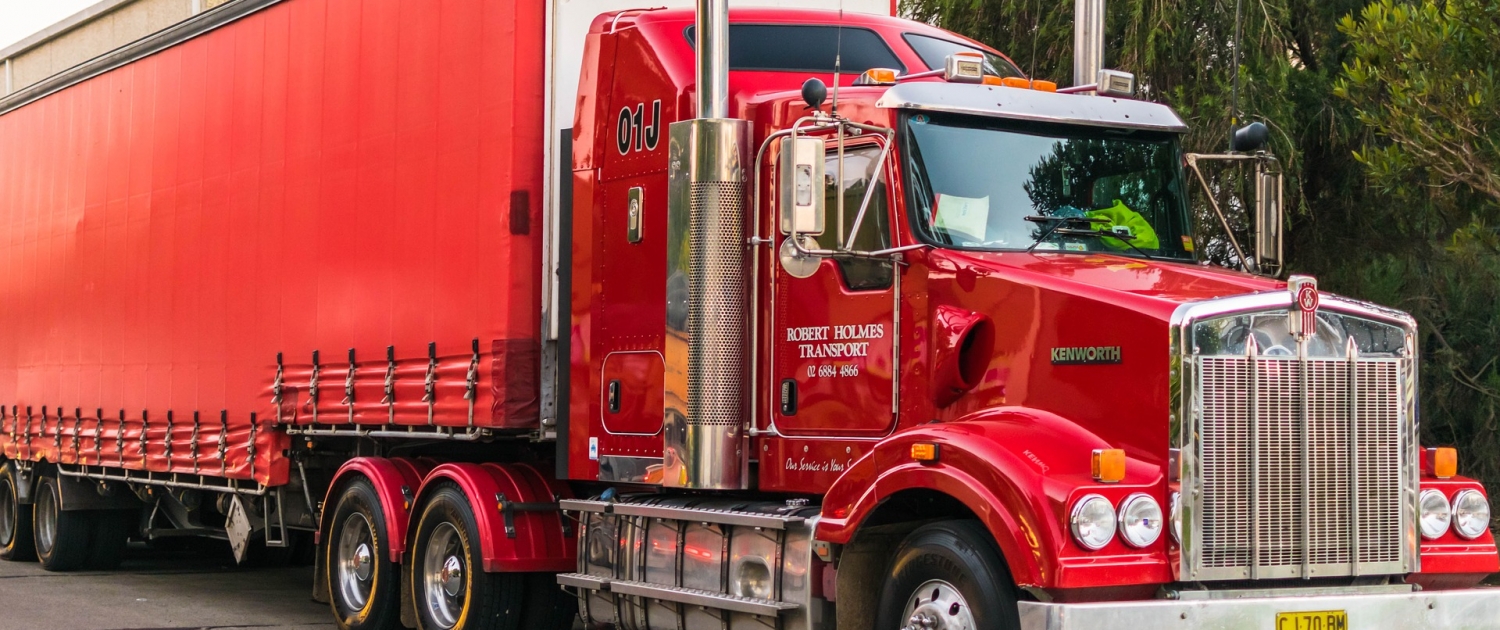
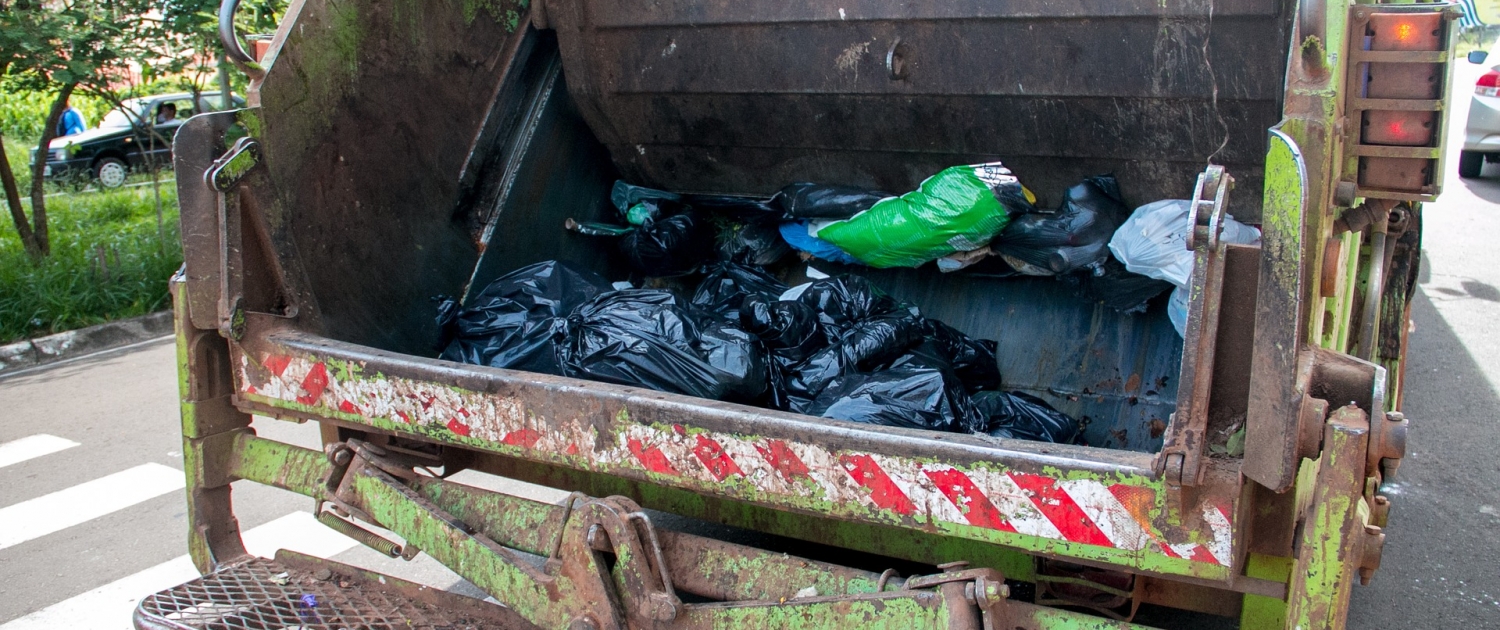
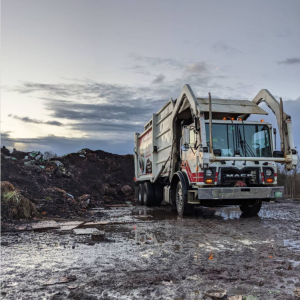
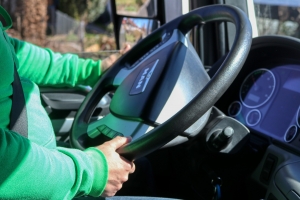 Any time you prepare for a
Any time you prepare for a 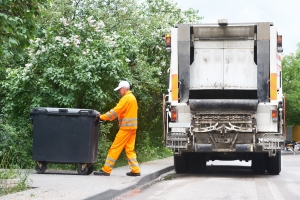
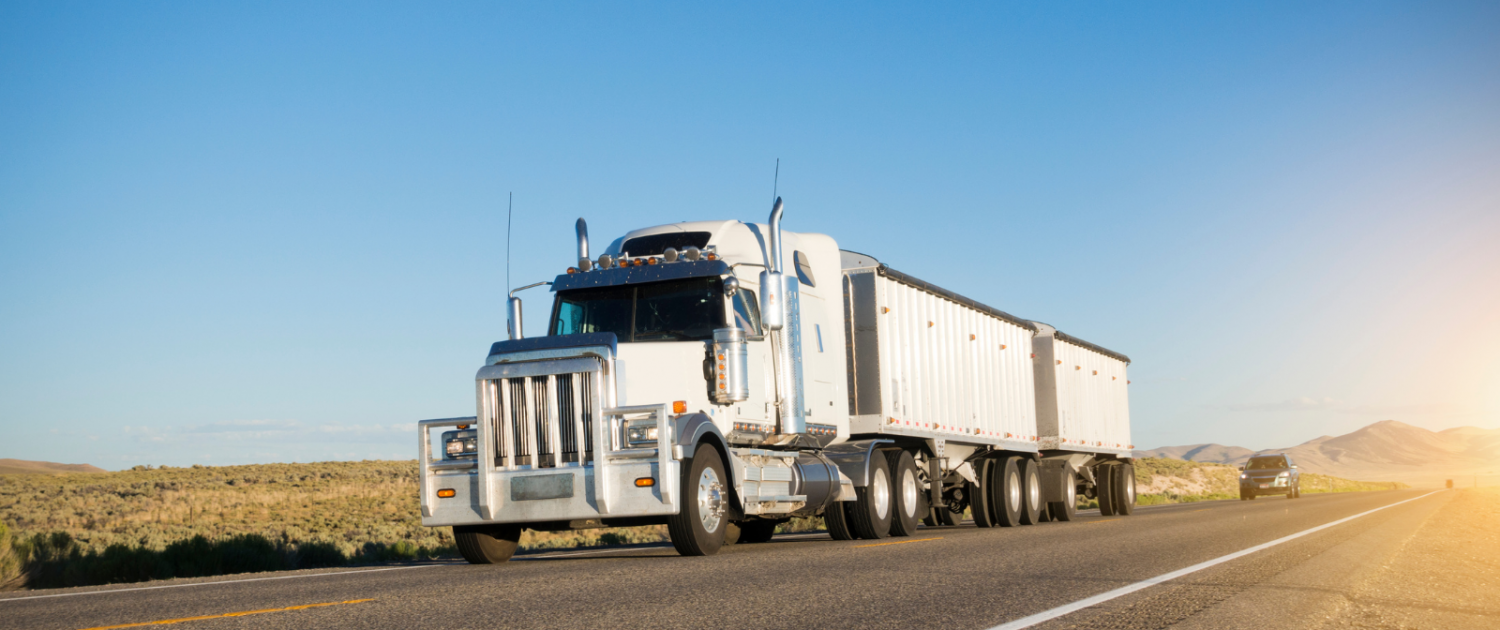
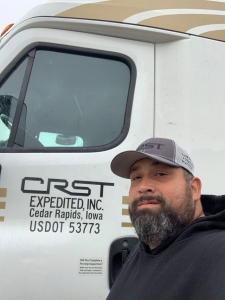
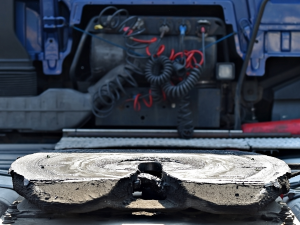 When connecting two or more trailers, the heavier trailer goes closer to your tractor, and a converter dolly is essential. This dolly has a fifth wheel mounted on one or two axis and it acts as a coupling tool for the second and third trailer. You’ll also need to know how to properly attach the air valves. Before you get a doubles and triples endorsement, make sure you understand both the theory and the technique for coupling and uncoupling!
When connecting two or more trailers, the heavier trailer goes closer to your tractor, and a converter dolly is essential. This dolly has a fifth wheel mounted on one or two axis and it acts as a coupling tool for the second and third trailer. You’ll also need to know how to properly attach the air valves. Before you get a doubles and triples endorsement, make sure you understand both the theory and the technique for coupling and uncoupling!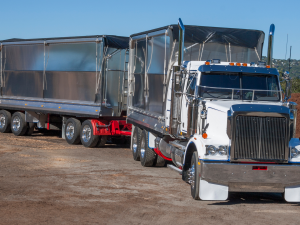 At the most basic level, you’re still pulling a trailer with a tractor, but doubles/triples might feel a little different. Space is one obvious difference. If you’re hauling doubles or triples, everything from lane changes to
At the most basic level, you’re still pulling a trailer with a tractor, but doubles/triples might feel a little different. Space is one obvious difference. If you’re hauling doubles or triples, everything from lane changes to 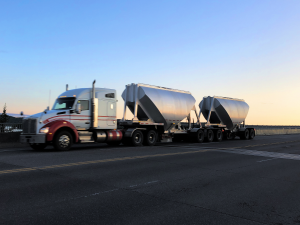 Just like any other trucking job, doubles and triples drivers need to perform a pre-trip inspection. In addition to all the regular inspection points, doubles and triples drivers must check the connections between trailers particularly carefully. This includes checking that your air brakes are functioning properly. Make sure you have any
Just like any other trucking job, doubles and triples drivers need to perform a pre-trip inspection. In addition to all the regular inspection points, doubles and triples drivers must check the connections between trailers particularly carefully. This includes checking that your air brakes are functioning properly. Make sure you have any 
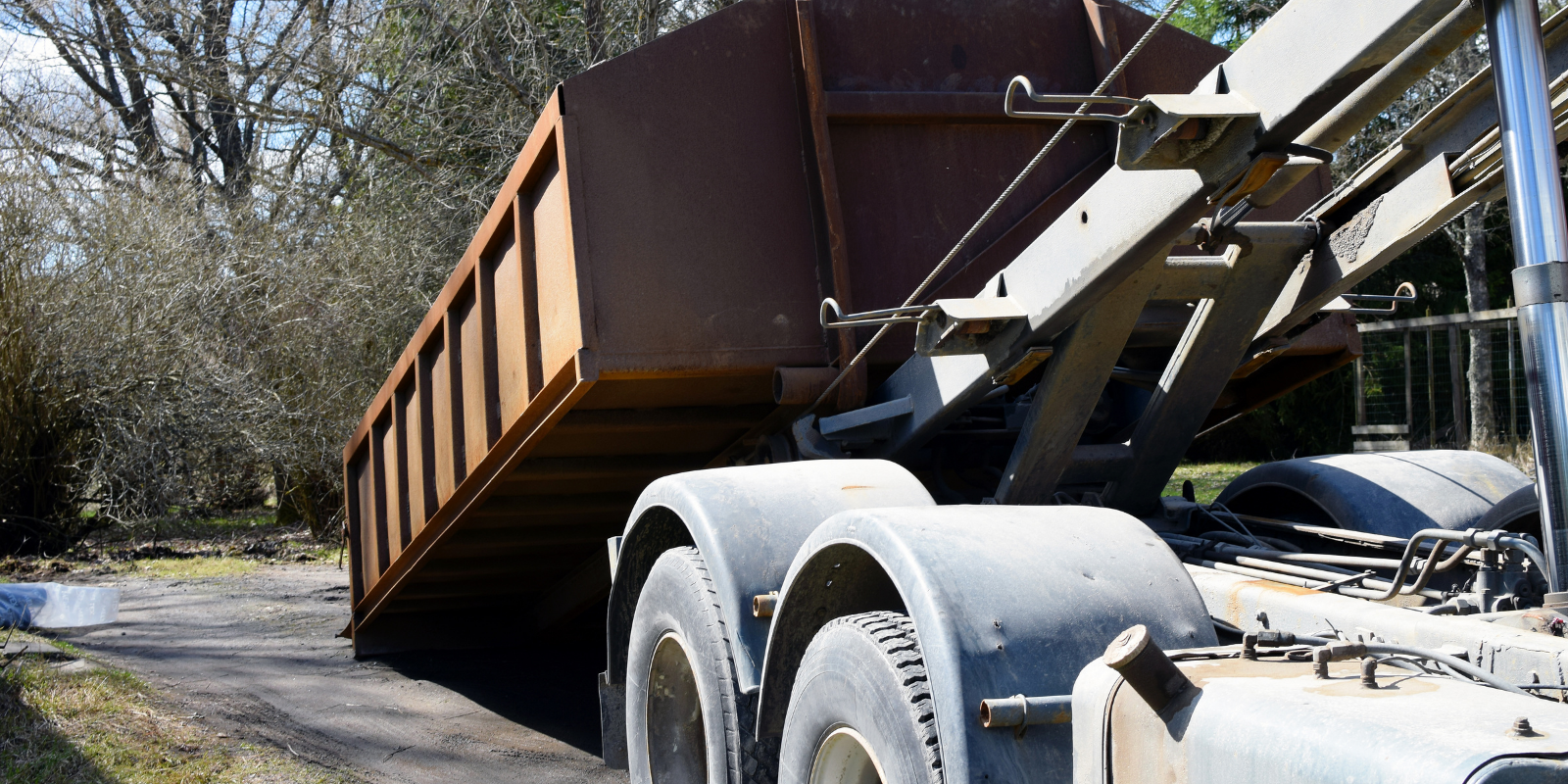
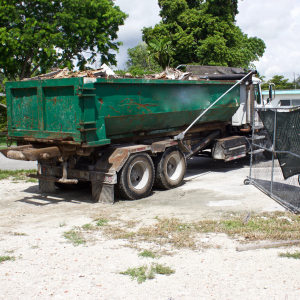 Most companies that are looking for a roll off truck driver are hiring for local or
Most companies that are looking for a roll off truck driver are hiring for local or 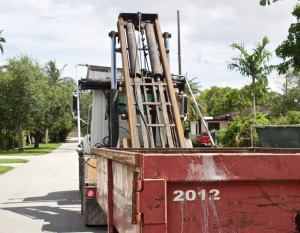 So what
So what 
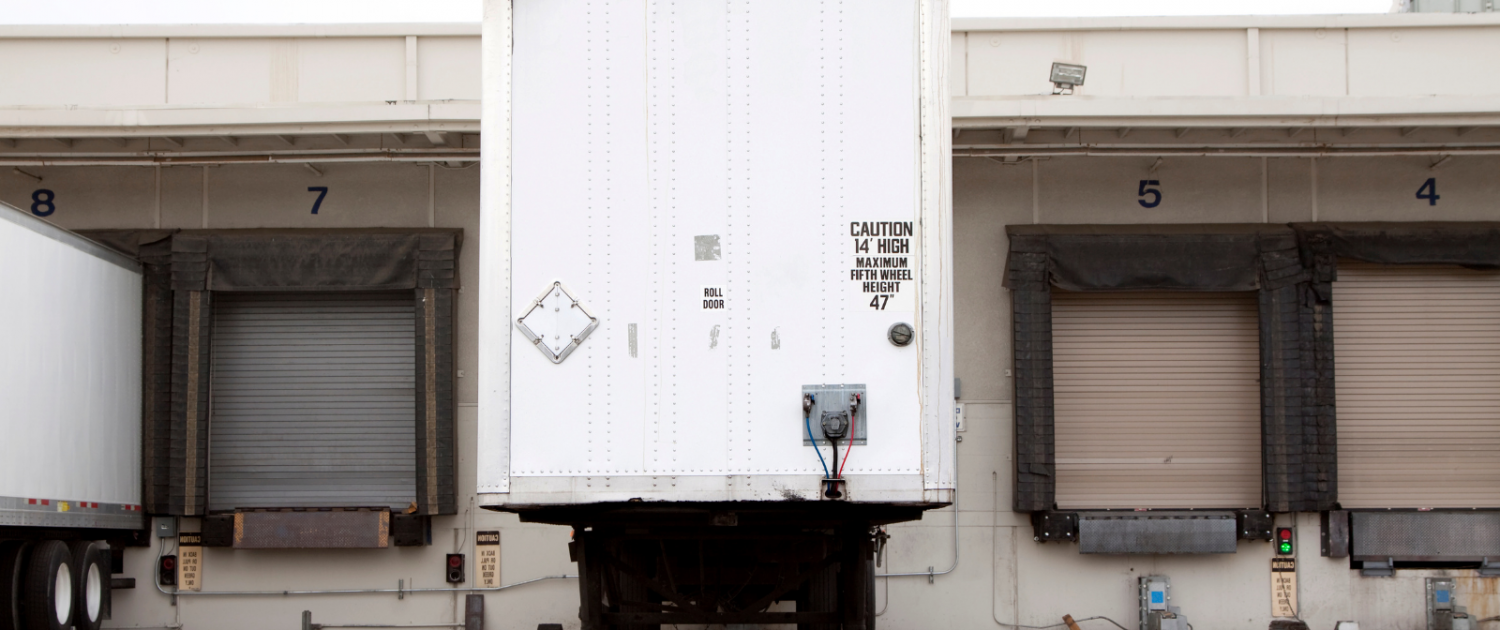
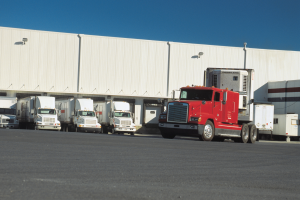
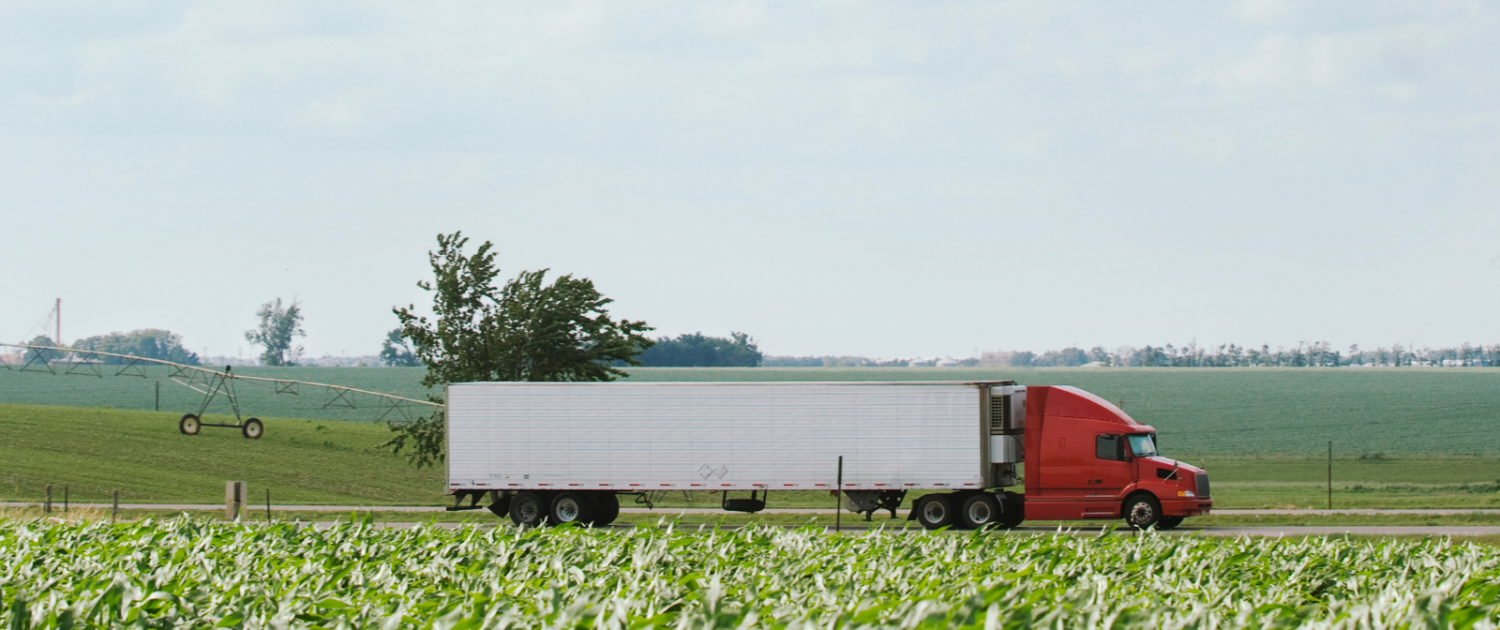
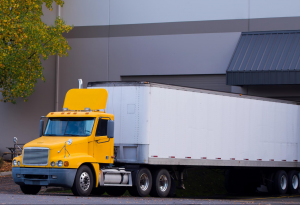 Many truck drivers start out learning to drive
Many truck drivers start out learning to drive 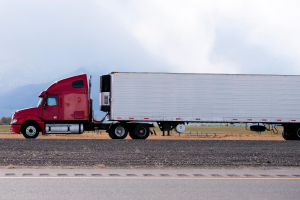
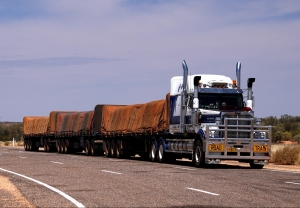
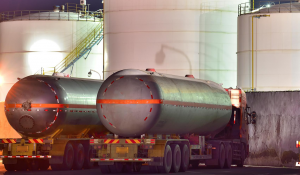 Driving a
Driving a 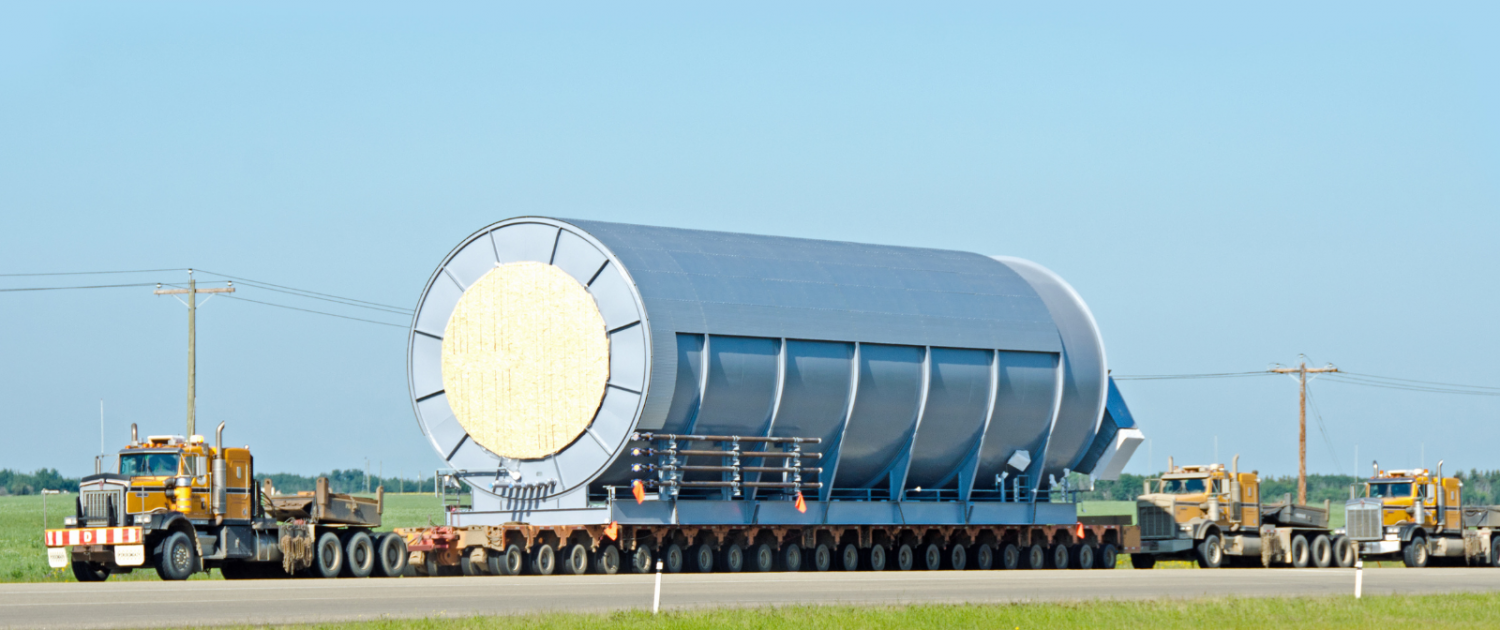
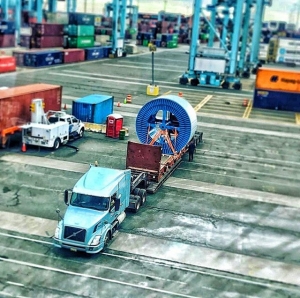
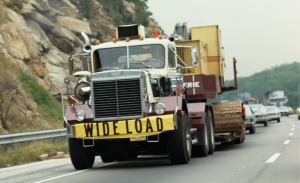
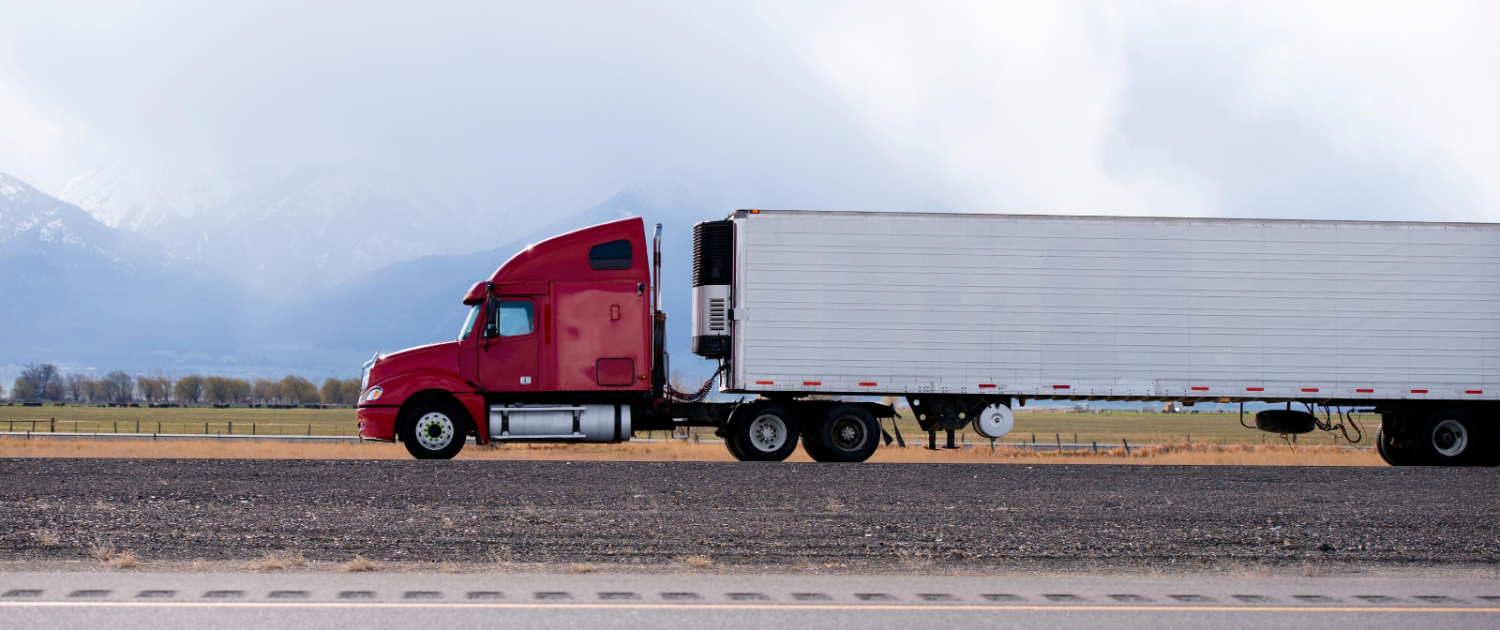
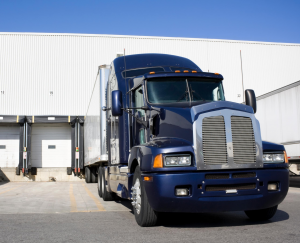 In addition to the technical skills you will learn, refrigerated truck drivers need to be excellent decision-makers and problem solvers. Because of the temperature control required for successful reefer runs, a breakdown can mean
In addition to the technical skills you will learn, refrigerated truck drivers need to be excellent decision-makers and problem solvers. Because of the temperature control required for successful reefer runs, a breakdown can mean 
